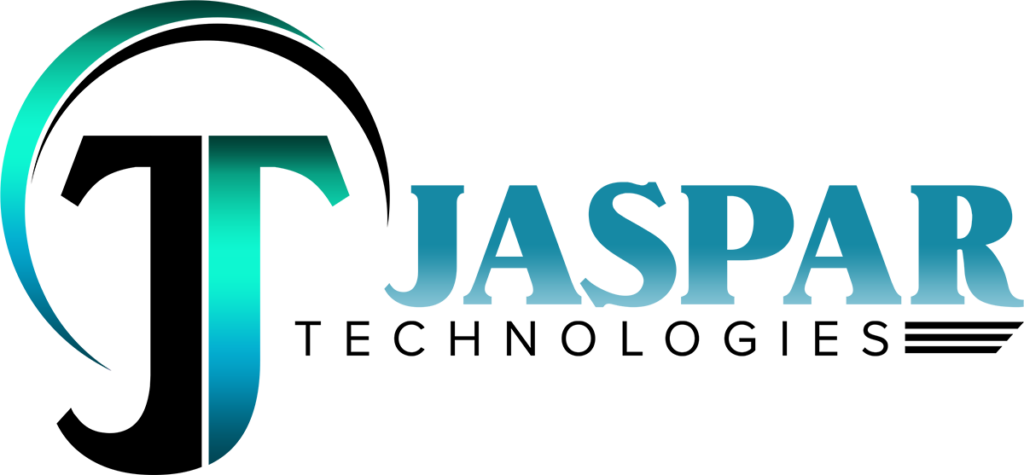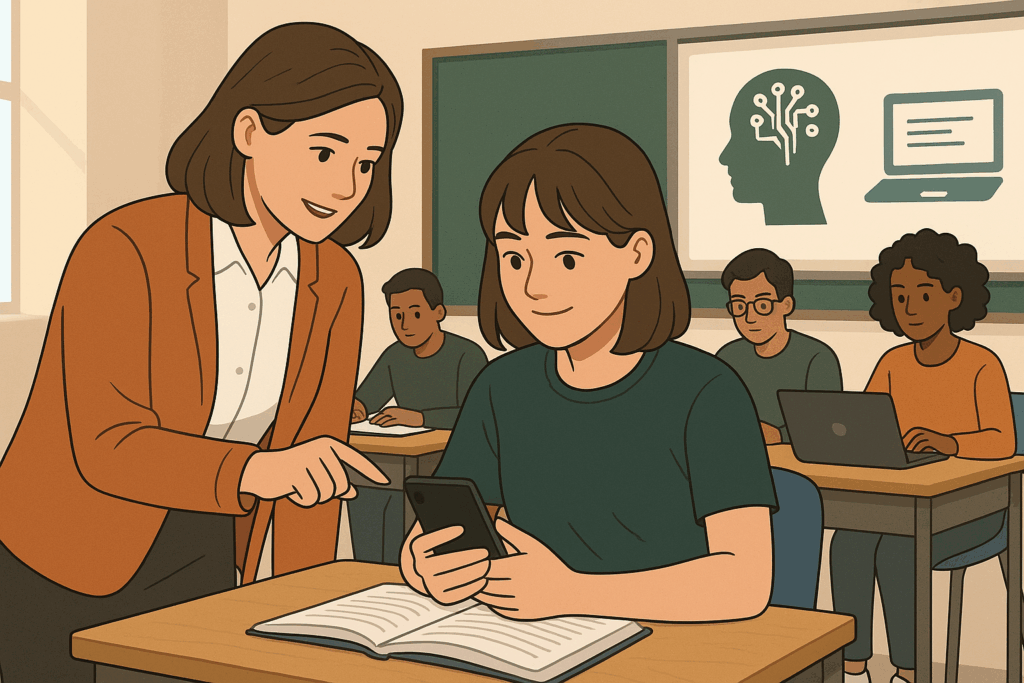AI in Education: Transforming the Classroom While Preserving the Human Touch
I still remember the moment a student walked into my classroom clutching her phone, eyes bright, and asked: “Can you help me beat the quiz using ChatGPT?” It stopped me in my tracks. Here’s the thing this isn’t about apps or fancy tools. It’s about how Artificial Intelligence (AI) in education is forcing all of us teachers, students, administrators to rethink what ‘learning’ really means.
Here’s one-line hook: AI in education offers enormous promise, but the real win comes when we use it to amplify human teaching not replace it.
What does “AI in education” really refer to?
When we say “AI in education”, we’re talking about systems that use machine learning, natural language processing, data-analytics and other tools to support teaching and learning things like:
- Adaptive platforms that tailor math drills to a student’s weak spots
- Chatbot tutors answering questions late at night
- Automated grading or analytics that highlight which students are falling behind
- Generative AI helping create lesson plans or student projects
According to research, AI systems can automate tasks such as grading and scheduling and thus free up teacher time.
The real purpose: make education more effective, more efficient, more personalized.
Why it matters now
Fast adoption & high expectations
- A survey found 86% of students already use AI in their studies.
- The global market for AI in education was valued at USD 2.5 billion in 2022 and projected to grow rapidly.
- Educators are seeing early signs of benefit reduced admin time, more data on student engagement.
The “why”: problems education has long faced
- One-size-fits-all teaching slows down high-performers & leaves behind slow learners
- Teachers overburdened with administrative tasks
- Limited data on how students learn inside the class
AI promises partial solutions: personalization, automation, insights.
Benefits of AI in Education
Here’s a breakdown of key benefits and for each I’ll include a tip, a myth, or common mistake.
1. Personalized learning pathways
What it means: AI can analyse a student’s past performance, identify weak spots, and adapt content accordingly.
Tip: Use AI tools to complement teacher-led instruction, not replace it. Have teachers review the adaptation logic.
Common mistake: Expecting students to learn fully independently just because “it’s adaptive”.
2. Automating routine tasks
What it means: Grading, attendance, scheduling AI takes some off the teacher’s plate.
Tip: Start small automate one process first (eg. quiz feedback) then expand.
Myth: Automation means less teacher involvement. Actually it should free up teacher time for higher-impact activity (discussion, mentoring).
3. Data-driven insights into learning
What it means: AI systems can track patterns who participates, when students struggle, drop in engagement and alert teachers.
Tip: Create a dashboard or regular review where teachers interpret the insights, not just rely on alerts.
Common mistake: Ignoring teacher training on how to interpret and act on data.
4. Increased accessibility & scalability
What it means: Especially in regions with teacher shortages or large class sizes, AI can extend reach (eg. chatbots outside class hours).
Tip: Make sure infrastructure (internet, devices) is in place; otherwise the digital divide widens.
Myth: AI alone solves all access issues tech without context won’t fix systemic problems.
Challenges and pitfalls (so we don’t kid ourselves)
We have to recognise the risks. What this really means is: integrating AI wrongly can make things worse.
1. Bias, fairness & equity
AI models learn from data and past data carries biases. Eg. non-native speakers may be mis-assessed; facial recognition may struggle with certain demographics.
Tip: Audit your AI tools for bias, involve diverse stakeholders in procurement and implementation.
Common mistake: Thinking “supplier said it’s good, so no bias” without checking in the local context.
2. Over-reliance and loss of human learning skills
If students always use AI to solve problems, they may not build critical thinking, problem-solving, or creativity.
Tip: Design learning activities that require student reflection, not just AI output use AI to prepare, teacher to discuss.
Myth: AI “makes students smarter” automatically no, it helps if used well.
3. Data privacy, security & ownership
Lots of student data involved. Who owns it? How is it protected? What happens if there’s a breach?
Tip: Develop clear policies and communicate them students and parents should understand.
Common mistake: Buying cool AI tools without asking about data governance.
4. Infrastructure and teacher readiness
Introducing AI means new devices, internet access, teacher training. Without that you’ll end up under-utilising tools.
Tip: Pair AI rollout with professional development for teachers and pilot projects.
Myth: Just buying an AI product means the classroom becomes ‘smart’ instantly.
A practical checklist: “AI-smart school” readiness
Use this checklist to evaluate whether your school or institution is ready or how to move forward:
- Have you defined clear goals for AI use (e.g., reduce admin time by X%, improve passing rate by Y%)?
- Do you have teacher champions who understand pedagogy + tech?
- Have you audited your student data and infrastructure (devices, connectivity, power)?
- Have you checked AI tools for bias, data-privacy, vendor transparency?
- Have you trained teachers and staff on AI literacy (what it can/can’t do)?
- Have you planned for human-AI collaboration in lesson design (teacher + AI)?
- Do you have a review process: after rollout, check if outcomes improved or unexpected issues surfaced?
- Have you communicated to students and parents about AI use, expectations, responsible use guidelines?
What this means for teachers, students and institutions
For Teachers
You’re not being replaced you’re being amplified. Use AI to take the mundane off your plate, focus on mentoring, fostering critical thinking and social-emotional skills.
Tip: Learn how to ask the right prompts, interpret AI feedback, and design class activities that build on what AI outputs.
Mistake to avoid: Letting AI design lessons and you simply deliver them; instead collaborate with the tool.
For Students
AI can be your study-buddy but you still need to learn how to learn. Think: AI suggests, you evaluate, critique, improve.
Tip: Use AI for preparation (summaries, questions, mock tests) but always circle back: “What did I learn? What question am I still unclear about?”
Mistake to avoid: Submitting AI-generated work without understanding it this undermines your growth.
For Institutions
Your role: set the ecosystem policy, infrastructure, teacher development, ethical guardrails.
Tip: Start pilot projects, collect data, scale gradually. Don’t leapfrog directly to full rollout without evaluation.
Mistake to avoid: Chasing hype (buying shiny AI tools) without aligning to pedagogical goals or training teachers.
Looking ahead: Trends to watch
- Greater use of Generative AI (chatbots, content creation) in classrooms.
- Focus on AI literacy students and teachers learning how to learn with AI, not just use it.
- Growing debate on ethics, transparency, and who controls educational AI systems.
- Expansion into under-served regions (if infrastructure catches up) to reduce educational inequality but risk of reinforcing divide if tech access is limited.
Case anecdote revisited
Back in that classroom, when the student asked for ChatGPT help, we paused. Instead of saying “no”, I said: “Let’s use it but we’ll do a two-step: you generate using chat, then we critique as a pair and you rework it to reflect your understanding.” The assignment turned into a richer conversation, she felt in control, and I felt less like policing and more like guiding. AI here didn’t replace my role it sharpened it.
Final thoughts
AI in education is here to stay. What really makes it powerful is the how we introduce it. Use it to partner with teaching, not sideline it. Respect its potential but treat it with caution. With the right approach, you could make classrooms more dynamic, inclusive, and efficient. But slip up, and you risk leaving behind those who are already challenged.



